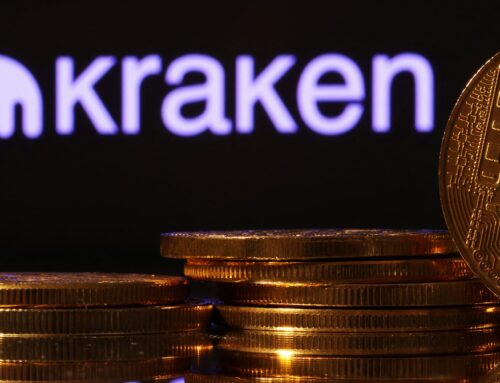The dollar could lose its crown as an ‘unfortunate truth’ forces investors to rethink US a
May 22, 2025
The US dollar is under pressure as global investors grow increasingly wary of America’s fiscal trajectory.
Once seen as a reliable safe haven, the greenback is now facing renewed skepticism, with strategists telling Yahoo Finance that capital is shifting toward undervalued currencies in Europe and Asia amid expectations of foreign stimulus and more attractive valuations abroad.
The US Dollar Index (DX-Y.NYB) — which tracks the dollar’s value against a basket of major currencies including the euro, Japanese yen, British pound, Canadian dollar, Swedish krona, and Swiss franc — has dropped more than 8% since the start of the year, underperforming every other G10 currency, according to Bloomberg data. It ranks as one of the worst-performing asset classes of the year, alongside Brent Crude (BZ=F).
Since April, the index has dipped below the crucial technical and psychological level of 100, hitting lows not seen since 2022.
“Investors now have a very strong reason to hedge their long US asset exposure, and the dollar is no longer behaving like a safe haven,” Jayati Bharadwaj, FX and macro strategist at TD Securities, told Yahoo Finance on Wednesday. “I would say it’s actually following much more of an emerging market playbook, which is the unfortunate truth that we need to come to terms with.”
Bharadwaj cited mounting US debt and policy uncertainty as key catalysts behind the dollar’s decline. Last week’s credit rating downgrade by Moody’s only deepened market concerns. Adding to the fiscal anxiety, the House of Representatives on Thursday approved President Trump’s sweeping tax reform package, otherwise known as the president’s “big, beautiful bill.”
The proposal includes significant cuts to both individual and corporate tax rates and is projected to increase the national debt by $4 trillion over the next decade. The legislation now moves to the Senate for consideration.
“The volatility associated with the current administration’s policies is a big confidence shock, which is actually forcing other countries to step up their local fiscal policies and work on fostering stronger trade relationships amongst themselves,” Bharadwaj said, noting that it ultimately reduces foreign nations’ dependence on the US.
As a result, Bharadwaj expects the dollar to keep weakening gradually, with another 5% drop likely by year-end.
A weaker dollar adds to inflation by driving up import costs, an issue compounded by tariffs that remain near their highest levels since World War II.
“The dollar going down is going to add to inflation pressure and reduce purchasing power,” Kevin Gordon, senior investment strategist at Charles Schwab, told Yahoo Finance.
Gordon highlighted that during the 2021 to 2023 inflation surge, the dollar’s strength acted as a partial hedge against rising prices. But with the greenback now weakening and inflation still elevated, that protective buffer is fading. On top of that, tariffs have added further pressure by reducing capital inflows, or the money coming into the US from foreign investors seeking American assets.
The shift comes at a challenging time for US policymakers, with President Trump’s “Liberation Day” tariff announcement fueling concerns of a broader “sell America” trade, in which US stocks fall, the dollar weakens, and Treasury yields rise.
While some of those worries eased after a partial tariff rollback, Deutsche Bank said foreign investors remain wary of America’s fiscal trajectory.
Read more: How to protect your money during turmoil, stock market volatility
To be sure, despite recent weakness, strategists say the US dollar remains dominant in global finance, accounting for about 80% of trade finance and nearly half of global bond issuance.
Charles Schwab’s Gordon described current softness as a “positioning adjustment” driven by sentiment and portfolio shifts rather than fundamental changes, especially after the dollar’s strong bull run since 2011. “The scale is still very much in favor of the dollar, disproportionately so,” he said.
TD’s Bharadwaj echoed this view, calling the recent moves a “healthy recalibration.”
“For the longest time, most markets became a pure US move and a pure dollar bet,” she said. “Now you can actually start to focus on local, idiosyncratic stories.”
While she doesn’t expect the US to lose its “crown” currency status, she noted that “other princes and princesses” may start to take the stage.
Alexandra Canal is a Senior Reporter at Yahoo Finance. Follow her on X @allie_canal, LinkedIn, and email her at alexandra.canal@yahoofinance.com.
Click here for the latest stock market news and in-depth analysis, including events that move stocks
Read the latest financial and business news from Yahoo Finance.”
Terms and Privacy Policy
Search
RECENT PRESS RELEASES
Related Post



